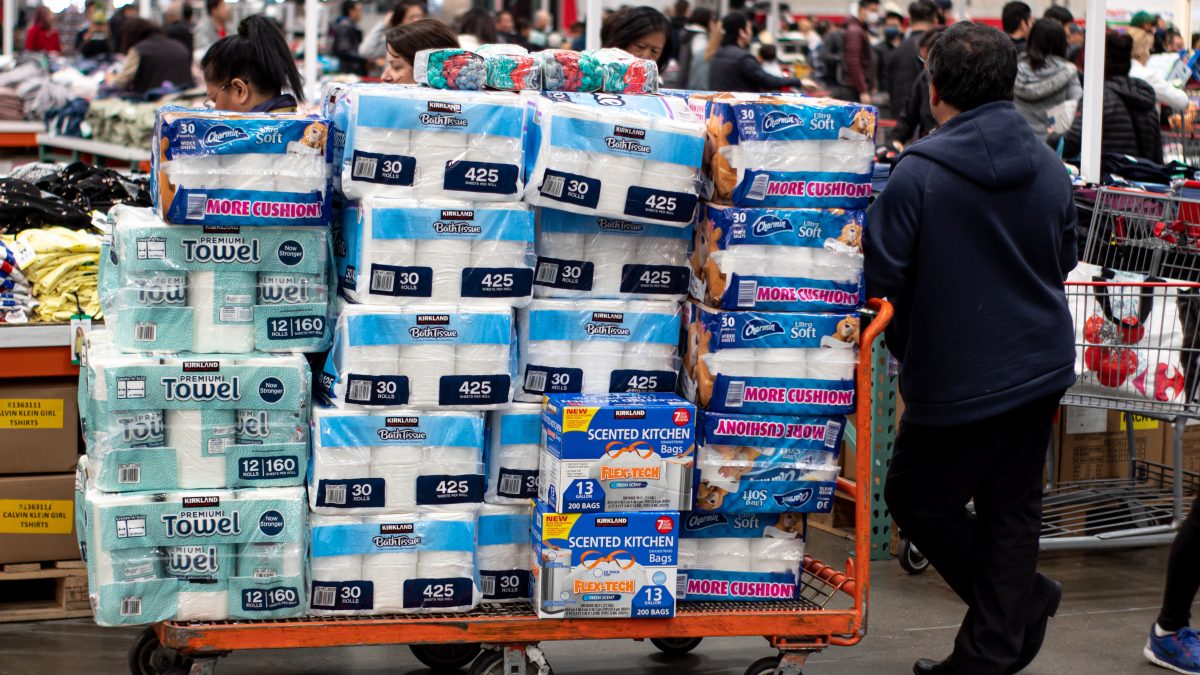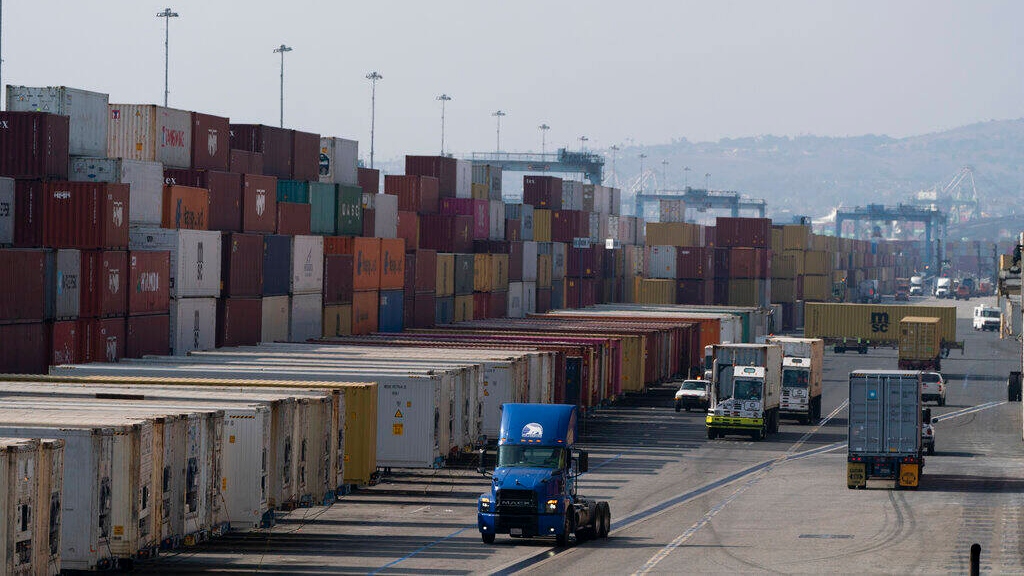Need to Know: “Save Me a Roll”… Understanding Consumer Purchasing Behaviors in the Midst of COVID-19

By Shannon Morrison
As soon as a snow flurry icon appears on a seven-day forecast, consumers flock to the stores to load up on bread and milk. Or, as seen more recently, as news of the coronavirus began to spread across the country, grocery stores seemingly couldn’t keep toilet paper and hand sanitizer in stock.
So what drives consumer purchasing decisions in the midst of a crisis?
According to Stefanie Robinson, associate professor of marketing, scarcity can drive consumer behavior.
“Research has shown that when an item becomes scarce, it becomes more desirable,” Robinson says. “That may explain why we have seen a high demand for toilet paper.”
As to whether or not you need to start rationing your rolls, Eda Kemahlioglu-Ziya, associate professor of operations and supply chain management, has some insight.
“What we see in terms of products like toilet paper is a typical manifestation of what we call the bullwhip effect in supply chains. Even though the actual demand for toilet paper has not changed, people are panic buying,” she says. “However, because of the inventory people have built up at their houses, we should actually see a drop in demand in the next few weeks or months. Manufacturers should not be increasing production capacity, otherwise, they will be stuck with extra inventory. The whole situation with toilet paper should settle down shortly.”
While products like toilet paper might make for the best memes, COVID-19 is causing supply chain issues for some products that have a far greater impact.
In addition to shortages of personal protective equipment (PPE) and ventilators, the pharmaceutical industry, which relies on ingredients from around the world, may also be taking a hit.
“With supply chains disrupted and governments not allowing the export of goods that could be needed domestically, the U.S. should plan for back-up options for pharmaceuticals whose supply chains may be disrupted,” Kemahlioglu-Ziya says.
To their credit, grocery stores are putting protocols into place to ease the hoarding of products like hand sanitizer, disinfecting wipes and, yes, toilet paper.
“Consumers are legitimately scared for many different reasons, and all types of businesses are doing their best to reassure consumers that they have their best interests in mind,” Robinson says. “For example, grocery stores are responding really well by putting protocols in place to reassure consumers that they are making the shopping experience as safe as possible. And by setting limits on popular items, such as toilet paper and paper towels, this reassures consumers.”
This article was originally published on the Poole College of Management News website here.
- Categories:


